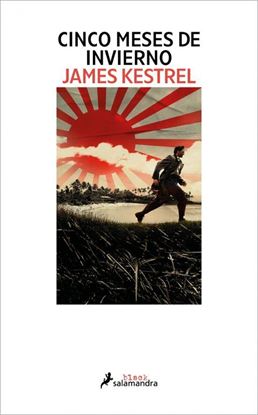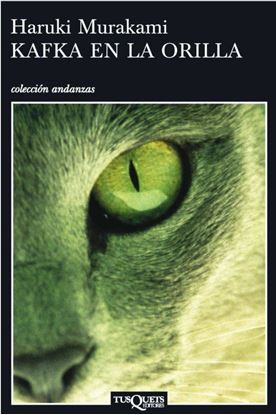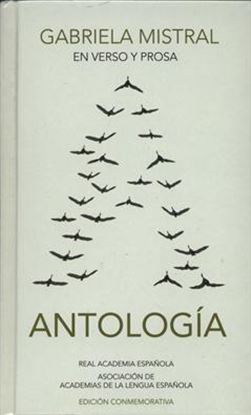

SHUTTER ISLAND
En un islote llamado Shutter Island, frente a la costa de Boston, se alza un conjunto de edificios de aspecto siniestro: se trata de un hospital psiquiátrico cuyos internos, todos hondamente perturbados y sometidos a una vigilancia estricta, han cometido algún crimen grave. El agente federal Teddy Daniels y su ayudante, Chuck Aule, son enviados allí porque una de las reclusas, Rachel Solando, parece haberse evadido de algún modo incomprensible de una celda cerrada a cal y canto. La única pista es una hoja de papel con una serie de números y letras sin significado aparente.
Mientras un furioso huracán azota el peñón, los dos policías se adentran en un mundo cada vez más opaco y angustiante, entre indicios de experimentos radicales y maquinaciones gubernamentales encubiertas que ensombrecen un caso ya de por sí extraño. A medida que su investigación avanza, las preguntas aumentan: ya no se refieren tan solo a la mujer desaparecida, sino a la naturaleza de todo lo que sucede en ese lugar rodeado por una valla electrificada y guardias armados. Y, cuanto más se acercan a la verdad, ésta se vuelve cada vez más esquiva, hasta el punto de hacerles creer que tal vez nunca puedan abandonar Shutter Island.
1,600
1,200
CINCO MESES DE INVIERNO
Diciembre de 1941. Mientras los nazis siembran el caos en Europa y Estados Unidos intenta mantenerse al margen del conflicto, en Honolulú la apacible vida del inspector Joe McGrady, de la policía de Hawái, da un vuelco cuando le encargan esclarecer la muerte del joven Henry Kimmel Willard, sobrino del almirante de la marina estadounidense destinado en la zona, y de una chica japonesa, ambos asesinados con una crueldad inimaginable en la granja de un hacendado local.
La compleja investigación obliga a McGrady a recorrer el Pacífico, desde Hawái hasta Hong Kong y otros enclaves remotos de la región, mientras la flota japonesa avanza en secreto hacia Pearl Harbor, dispuesta a lanzar el primer golpe de la confrontación militar más cruenta de la historia. Sin embargo, ni siquiera la guerra podrá detener al solitario y sensible McGrady en su implacable búsqueda de una verdad devastadora.
1,600
1,200
PAN DE ANGELES
No solo es una gran artista, es una maga, es decir, alguien en contacto con otros niveles de realidad».William S. Burroughs
«Patti Smith es una diosa intergeneracional».Montserrat Domínguez
«Dios susurra a través de una arruga en el papel pintado», escribe Patti Smith en estas extraordinarias memorias en las que, desde su primer recuerdo hasta sus actuales inquietudes, teje un inolvidable relato de una vida consagrada a la belleza, la música, la poesía y el amor.
Nacida en el seno de una familia de clase trabajadora poco después de la Segunda Guerra Mundial, su infancia dickensiana transcurre entre desahucios y enfermedades, alternados con juegos y libros de cuentos que le abrirán las puertas de un mundo lleno de magia y sueños de libertad. Pronto descubre en Arthur Rimbaud y Bob Dylan los modelos para sus propios poemas y canciones, y en Nueva York, un nuevo territorio artístico donde formar una banda y componer discos tan legendarios como Horses y Because the Night. Amor y familia, pérdida y reconstrucción y, siempre, la escritura serán las constantes de una trayectoria vital impulsada por la libertad artística y el poder de la imaginación para transformar lo cotidiano en sagrado, lo común en mágico y el dolor en esperanza.
1,600
1,200
VERA, UNA HISTORIA DE AMOR (PP 25)
Cuando el deseo también es el peligro
Vera ha seguido siempre las reglas: ha vivido durante más de veinte años con la elegancia, la discreción y la dignidad exigidas a la esposa de un marqués. Pero ahora, a los cuarenta y cinco, recién separada y sin nadie que le dicte qué hacer, empieza a plantearse preguntas que nunca se había permitido.
En medio de esta búsqueda aparece Antonio. Es más joven, de origen modesto y ajeno a su mundo. No es solo la atracción lo que los une, sino algo más profundo: la posibilidad de salirse del guion. Ese vínculo, tan improbable como provocador, será el detonante de unos hechos que nadie anticipa.
El exmarido de Vera no acepta que esta se haya rebelado, y lo que comienza como despecho se va convirtiendo en algo mucho más siniestro. Hay cosas que el marqués no soporta perder. Y algunas pérdidas, cuando se acumulan, pueden llevarte al límite.
1,600
1,200
KAFKA EN LA ORILLA
Kafka Tamura se va de casa el día en que cumple quince años. La razón, si es que la hay, son las malas relaciones con su padre, un escultor famoso convencido de que su hijo habrá de repetir el aciago sino del Edipo de la tragedia clásica, y la sensación de vacío producida por la ausencia de su madre y su hermana, a quienes apenas recuerda porque también se marcharon de casa cuando era muy pequeño. El azar, o el destino, le llevarán al sur del país, a Takamatsu, donde encontrará refugio en una peculiar biblioteca y conocerá a una misteriosa mujer mayor, tan mayor que podría ser su madre, llamada Saeki.
Si sobre la vida de Kafka se cierne la tragedia –en el sentido clásico–, sobre la de Satoru Nakata ya se ha abatido –en el sentido real–: de niño, durante la segunda guerra mundial, sufrió un extraño accidente que lo marcaría de por vida.
Como en el mejor Murakami, pasado y presente, sueño y vigilia, se funden y solapan creando una atmósfera en la que resulta difícil discernir deseo y pesadilla.
1,600
1,200














